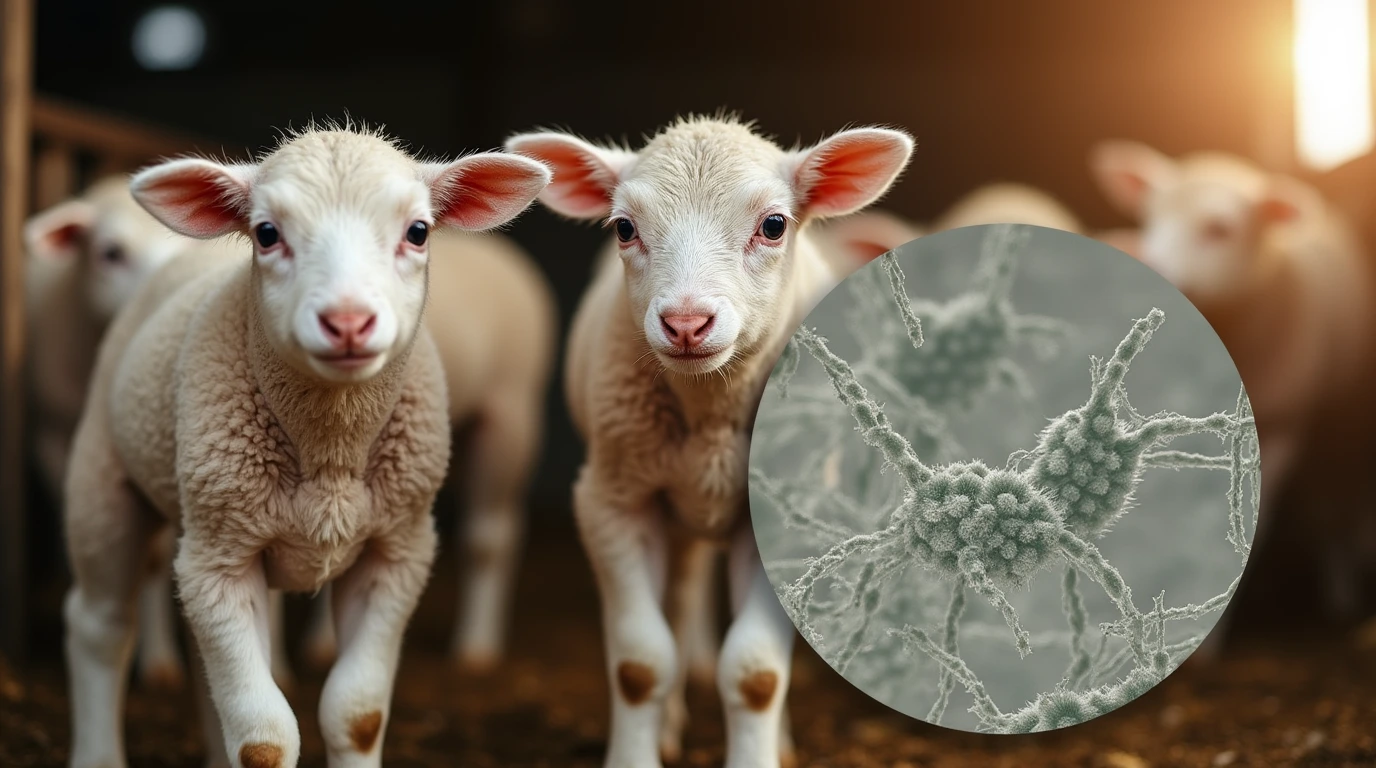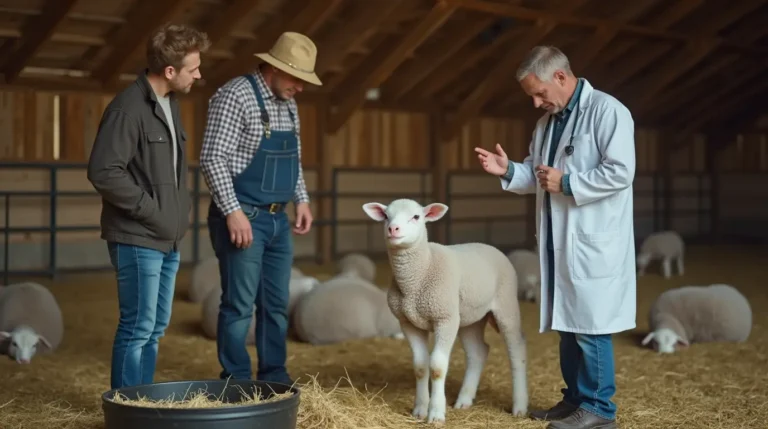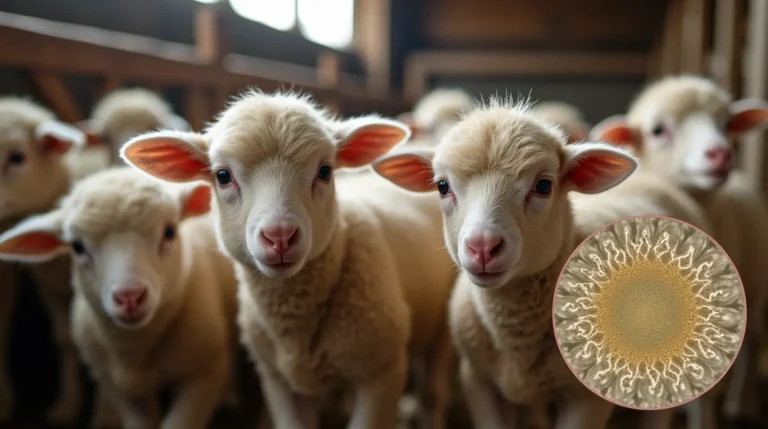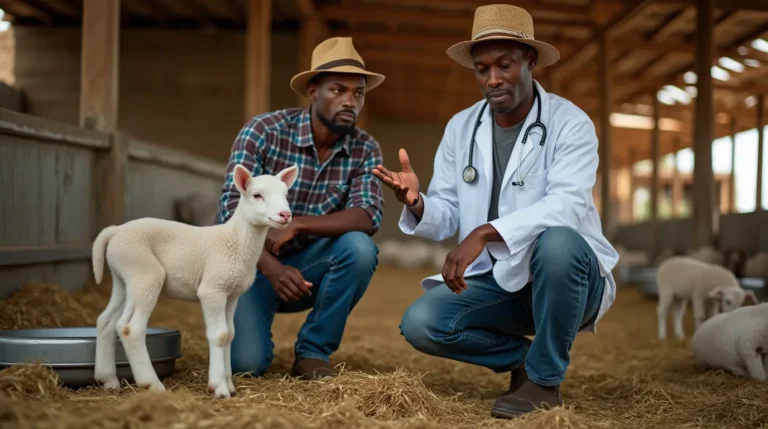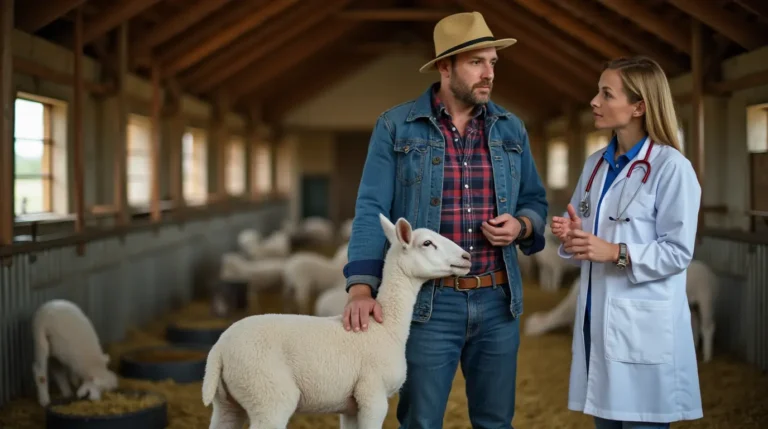Protect your lamb flock from deadly clostridial diseases in lambs . Learn 6 critical insights that can save lives and prevent devastating economic losses on your farm.
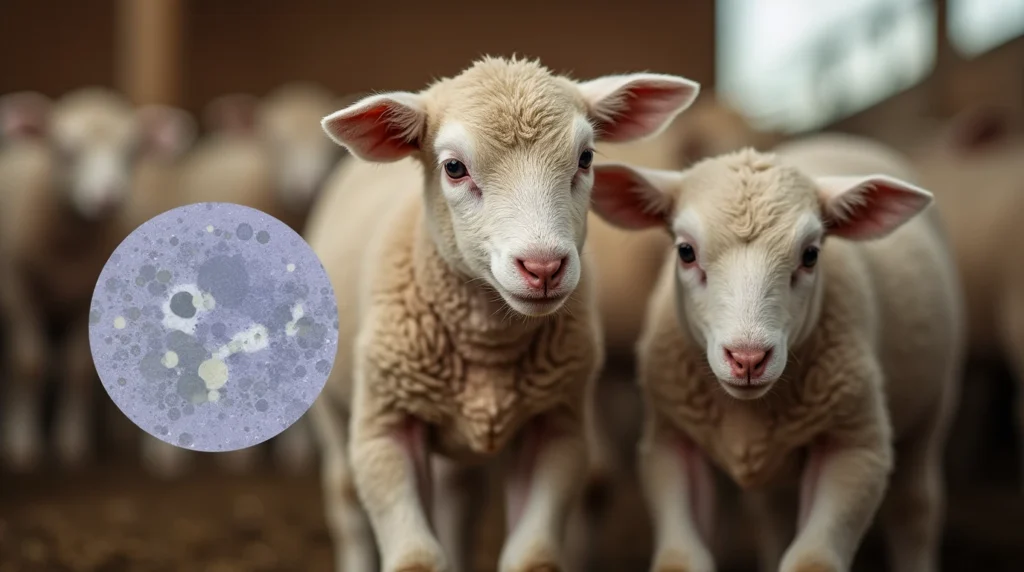
Table of Contents
Clostridial diseases in lamb represent one of the most significant health challenges facing sheep farmers today. These aggressive bacterial infections can decimate lamb populations with shocking speed, turning a promising flock into a potential disaster in a matter of hours. Understanding the nuances of clostridial diseases in lambs is not just a matter of agricultural expertise—it’s a critical survival strategy for modern shepherds.
In this comprehensive guide, we’ll explore six essential facts about clostridial diseases that every lamb farmer must know. From prevention strategies to early detection techniques, this article will equip you with the knowledge to protect your most vulnerable livestock and maintain the health of your agricultural investment.
What Are Clostridial Diseases?
Understanding the Bacterial Threat
Clostridial diseases are caused by anaerobic bacteria from the Clostridium genus—aggressive microorganisms that thrive in oxygen-poor environments. These bacteria produce potent toxins that can cause rapid and often fatal infections in lambs, making them a significant concern for sheep producers worldwide.
The Most Common Clostridial Diseases in Lambs
- Lamb Dysentery (Clostridium perfringens Type B)
- Affects young lambs under two weeks old
- Causes severe intestinal damage and sudden death
- Characterized by bloody diarrhea and rapid deterioration
- Enterotoxemia (Clostridium perfringens Type D)
- Known as “overeating disease”
- Occurs when lambs consume large amounts of grain or milk
- Produces powerful toxins that attack the central nervous system
- Blackleg (Clostridium chauvoei)
- Affects muscle tissue
- Causes sudden death with minimal prior symptoms
- Typically impacts younger lambs in pasture settings
Prevention Strategies: Your First Line of Defense
Vaccination: The Critical Shield
Comprehensive vaccination remains the most effective method of protecting lambs against clostridial diseases. A strategic vaccination program should include:
- Pregnant Ewes: Vaccinate 4-6 weeks before lambing to transfer maternal antibodies
- Lambs: First vaccination at 4-8 weeks, with a booster 2-4 weeks later
- Annual Boosters: Maintain immunity through regular vaccination schedules
Management Practices to Reduce Risk
Nutrition Management
- Implement gradual dietary transitions
- Avoid sudden changes in feed composition
- Monitor grain intake carefully
- Ensure balanced nutrition to support lamb immune systems
Environmental Control
- Maintain clean, dry lambing areas
- Minimize stress factors
- Implement strict biosecurity protocols
- Rotate grazing areas to reduce bacterial contamination
Diagnostic Challenges and Early Detection
Recognizing Clostridial Disease Symptoms
Early detection can mean the difference between saving or losing a lamb. Watch for these critical warning signs:
| Disease | Key Symptoms | Typical Age Group |
| Lamb Dysentery | Bloody diarrhea, rapid weight loss, lethargy | 1-2 weeks |
| Enterotoxemia | Sudden neurological symptoms, muscle tremors | 4-8 weeks |
| Blackleg | Sudden lameness, swelling, fever | 2-6 months |
Diagnostic Techniques
- Veterinary clinical examination
- Necropsy investigations
- Laboratory toxin and bacterial identification
- Blood and tissue sample analysis
Economic Impact and Long-Term Consequences
The Hidden Costs of Clostridial Diseases
Beyond immediate lamb mortality, these diseases can create significant economic challenges:
- High mortality rates
- Reduced flock productivity
- Veterinary treatment expenses
- Potential long-term reproductive impacts
Recommended Products on Amazon
- Clostridial Vaccine for Sheep and Lambs
- Veterinary Thermometer for Livestock
- Lamb Feeding and Care Handbook
- Professional Livestock Disinfectant Solution
Clostridial diseases in lamb (FAQ)
Q1: How often should lambs be vaccinated against clostridial diseases? A: Lambs typically require an initial vaccination at 4-8 weeks, followed by a booster 2-4 weeks later, with annual revaccination recommended.
Q2: Can adult sheep contract clostridial diseases? A: Yes, while lambs are most vulnerable, adult sheep can also be affected, particularly during times of stress or nutritional changes.
Q3: Are clostridial diseases contagious? A: Most clostridial diseases are not directly transmissible between animals but are triggered by environmental and nutritional factors.
Conclusion
Protecting your lamb flock from clostridial diseases requires a multifaceted approach combining medical intervention, strategic management, and continuous education. By understanding these six crucial facts, farmers can significantly reduce the risk of devastating bacterial infections.
Call to Action
Don’t wait for an outbreak to take action! Consult with your local veterinarian today to develop a comprehensive clostridial disease prevention strategy tailored to your specific flock and regional conditions.
Share your experiences, questions, or challenges in the comments below. Together, we can build healthier, more resilient lamb populations.

